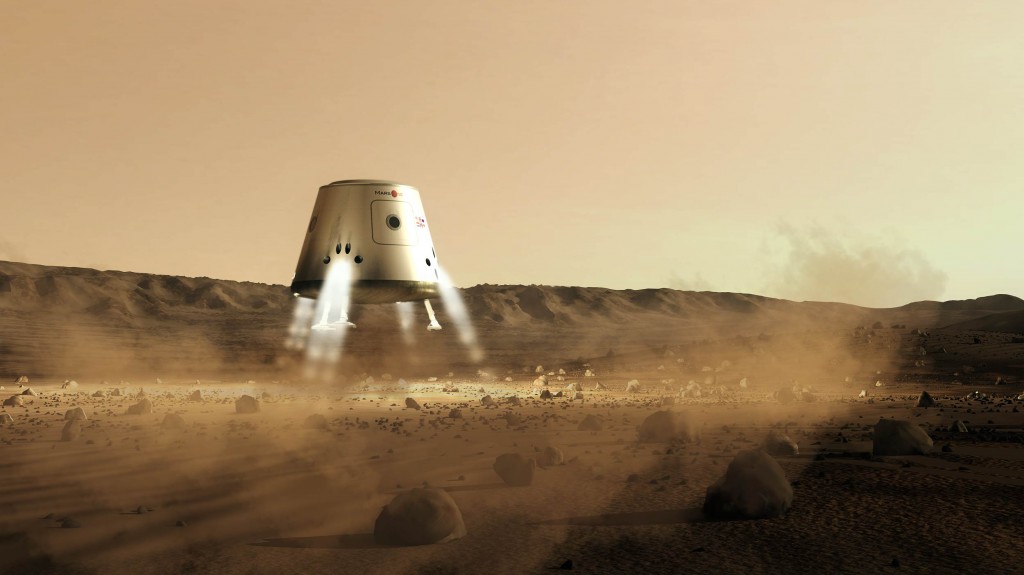The best innovations of 2013
Via the Washington Post:
At times, 2013 seemed like a science fiction movie come to life. The new DARPA Atlas bots seemed to be inspired from the “Terminator” film franchise, Stewart Brand’s concept of “de-extinction” seemed to be lifted directly from the storyline of “Jurassic Park,” Motorola’s new “password pill” reminded some of “The Matrix,” and new test-tube food concepts brought to mind earlier “Soylent Green” visions of the future. And, of course, there were the many other nifty gadgets and gizmos that continued to deliver onthe promise of a “Jetsons” future. We’ve picked out the trends and concepts of 2013 that seemed to have the most staying power for the year ahead.
Here, in no particular order, are 10 innovations from 2013:
1) The crowd got involved in space exploration.
While NASA is still at the forefront of space innovation, this year marked the first year that the crowd became actively involved in the future of deep space exploration. After launching in April, the MarsOne project quickly signed up over 100,000 people worldwide for the chance to take a one-way mission to Mars. According to the MarsOne organizers, the crowd would also play a role by selecting the four people chosen to become Mars astronauts in 2022 via a reality TV show, and part of those application fees ($38 a pop) would go towards funding the audacious mission to Mars. In other words, you no longer have to be a professional astronaut to go to outer space.
And that’s not all. In order to put the new ARKYD deep space telescope into operation, asteroid-mining firm Planetary Resources created a $1 million crowdfunding project on Kickstarter, with one perk at the $25 funding level being the ability to send a “space selfie” into outer space. The project, touted as “a space telescope for everyone,” ended up being wildly over-subscribed, raising just over $1.5 million. Based on the success of this crowdfunding venture, NASA recently unveiled a new asteroid-detection project in partnership with Planetary Resources that would rely on the crowd for the detection of potential asteroid threats.
